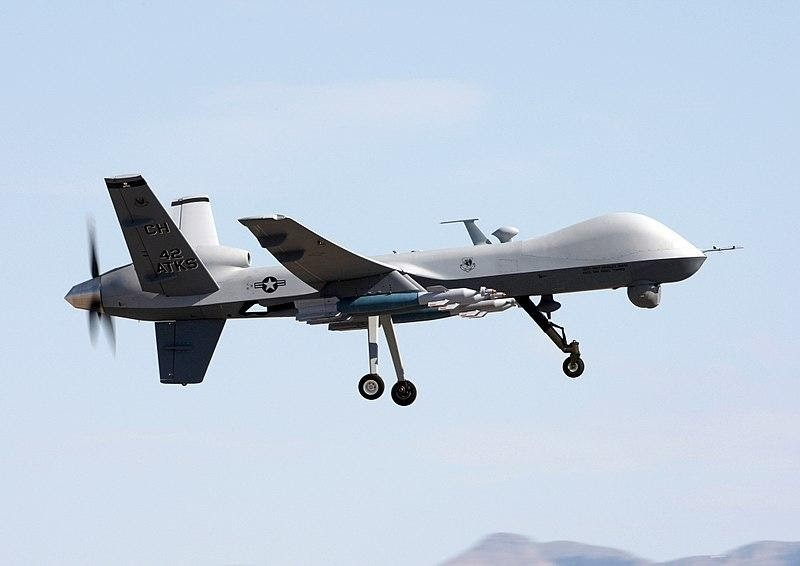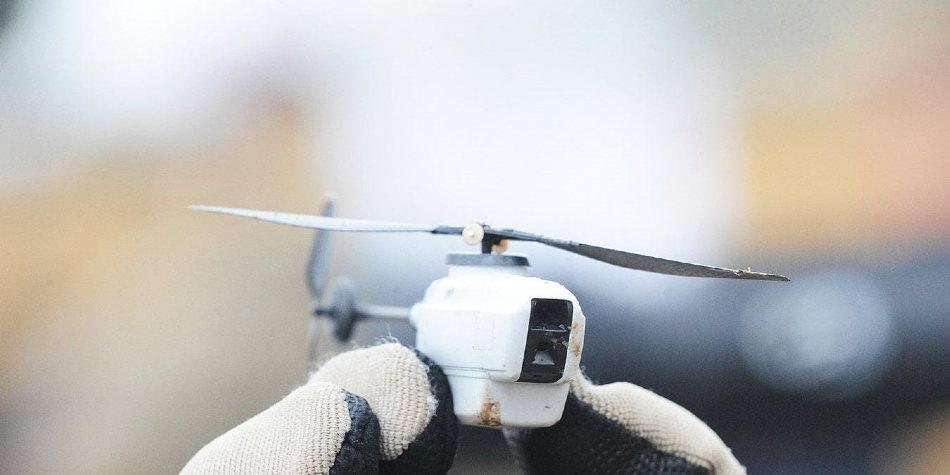The "Loyal Wingman" project, also known as Boeing Airpower Teaming Systems is developing an unmanned full-sized fighter jet that will be able to drop bombs and perform electronic warfare. The Royal Australian Airforce manages the project as part of Plan Jericho. Getting Boeing to develop the craft and all related technology is a coup for the Australian government because it enables the country to boost its own national AI, robotics, and military tech industries.
A shift of focus on the perceived threats to world peace by US analysis from the Atlantic to the Pacific puts Australia in a vital position. The deployment of autonomous systems is an ideal strategy for a large nation that has a relatively small population. Australia needs to project a military status that befits its size without using up too much of its limited human resources.
The purpose of the Loyal Wingman is to accompany a human-piloted aircraft, providing cover for the pilot and bulking out the capabilities of one human to running an entire squadron rather than just managing one plane.
A key advance in the technology used for the Loyal Wingman is that it can pilot itself. Traditional drones, including the MQ-9 are guided live through remote control by a human pilot at a ground station. The Loyal Wingman development deploys AI together with sensors and satellite guidance to enable the onboard computer to plot a course to a target and adjust the path to evade obstacles and unexpected moves by accompanying craft.
Awareness of the distance from the squadron leader and pre-commanded offsets enable the single pilot to maintain the group information, with little interaction with each surrounding drone.
Other Australian Military Drone Deployments
The economic benefits of partial ownership of the Loyal Wingman project should help the country reduce its dependency on foreign technology to provide national security. Until this point, Plan Jericho has made the Australian military a lucrative customer for US arms suppliers and aerospace leaders.
The Australian Airforce is also buying in off-the-shelf military drones to increase its armory. The force took delivery of the MQ-9 Reaper in 2019. This unmanned aerial system (UAS) was developed for the US military, which is still the biggest buyer of the combined surveillance and attack craft.

This unmanned aerial system has been developed to advance defense capability. Image Credit: Paul Ridgeway/US Air Force.
Each MQ-9, which is also known as the Predator B, costs just under $16 million. The US government has invested a total of $11.8 billion in the development project. Other buyers of the craft include the UK, France, Germany, Italy, Spain, the Netherlands, Belgium, India, and the Dominican Republic.
The Australian government has also budgeted AU$7 billion for the purchase of six Triton unmanned spy planes from the USA.
Surveillance Drone Deployment in Australia
The Australian military is rolling out the deployment of unmanned aerial systems for field surveillance. With this move, Australians are joining a growing list of nations that are deploying drones for situation intelligence.
The Aussie armed forces are particularly keen on the tiny Black Hornet Nano UAS, which looks little more than a child's RC model helicopter. The miniature drones have the advantage of being hard to spot, difficult to shoot down, and long on charge. The Aussie army implementation had a budget of AU$18 million.
The Black Hornet Nano joins a growing fleet of surveillance drones used by the Australian army. They also use the RQ-7B Shadow 200. This is a much heavier craft at 208 kilograms and would not be portable by ground troops walking through urban areas or uneven terrain.
Black Hornet Nano
The Black Hornet Nano is a product of the Norwegian innovator, Prox Dynamics AS. The drone has also been bought by the armed forces of the UK, France, Germany, the Netherlands, Norway, Spain, India, and the United States.

The Black Hornet Nano is a surveillance drone used by soldiers to discover hidden combatants. Image Credit: Richard Watt/Wikimedia Commons.
Although this craft looks like a toy, its features and robustness show that it is only intended for grownups. Each Black Hornet Nano is handmade and comes with a price tag of $190,000. The combined weight of the craft and its control unit is 1.3 kg. The UAS itself weighs 18 g. It is not intended for use by foreign agents but is a reconnaissance tool for use by army personnel already in the field.
The UAS is used within a relatively close range to assist soldiers in discovering hidden combatants ahead. It is suitable for both outdoor and indoor use, and has a significant advantage over guided ground-based craft because it will not trigger any booby-traps or landmines. The camera mounted on the unit takes stills and live feed video. It can fly for about 25 minutes on a single charge and is able to travel a distance of 2 km from the base unit.
The Black Hornet has been heavily used in the field by NATO countries, making it tried and tested technology that the Australians know that they can rely on. The British army used the Black Hornet extensively for surveillance in Afghanistan.
Comparison with the USA
The recent surge in drone acquisition puts the Land Downunder at the forefront of drone usage, catching up with the USA, which regularly uses drones as attack weapons and not just for surveillance. The USA spent $7 billion on drone procurement in 2018. That brought the US military’s total spend on automated military systems to $34.6 billion since 2013.
Sources and Further Reading
Disclaimer: The views expressed here are those of the author expressed in their private capacity and do not necessarily represent the views of AZoM.com Limited T/A AZoNetwork the owner and operator of this website. This disclaimer forms part of the Terms and conditions of use of this website.